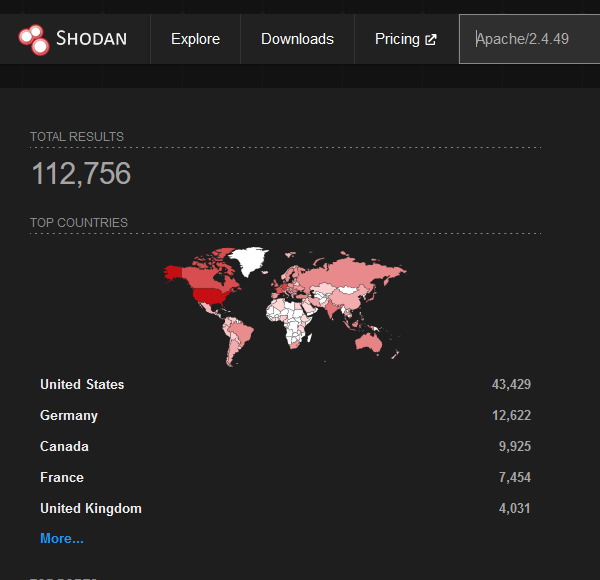 Defense
Defense
Phishing your own people – path to eroding trust…
Introduction
“Security education and awareness darling, it’s all the rage! It’s simply to hot right now.” Ok stop, let’s take a minute to get some context. It’s the year 2021, organisations are taking a battering round the globe from cyber criminals who are deploying ransomware, extortion, and fraud via a range of methods but one you can’t not have heard of is phishing.
In this post today, I’m going to look at realities of initial access, phishing and some questions I think people should be asking themselves about the idea of phishing their own userbase. I try and look at this from multiple perspectives because I think it’s a complex subject. Let’s start with initial access methods!
Common Patterns of Access
If we look at the world of technology and cyber security, you will see logs of references to frameworks and language that is enough to send even the committed to sleep! However, let’s abstract from our TTPs, our MITRE ATT&CK frameworks and our “threat actors” and let’s talk in normal English. Read more “Phishing your own people – path to eroding trust or a useful tool?”







